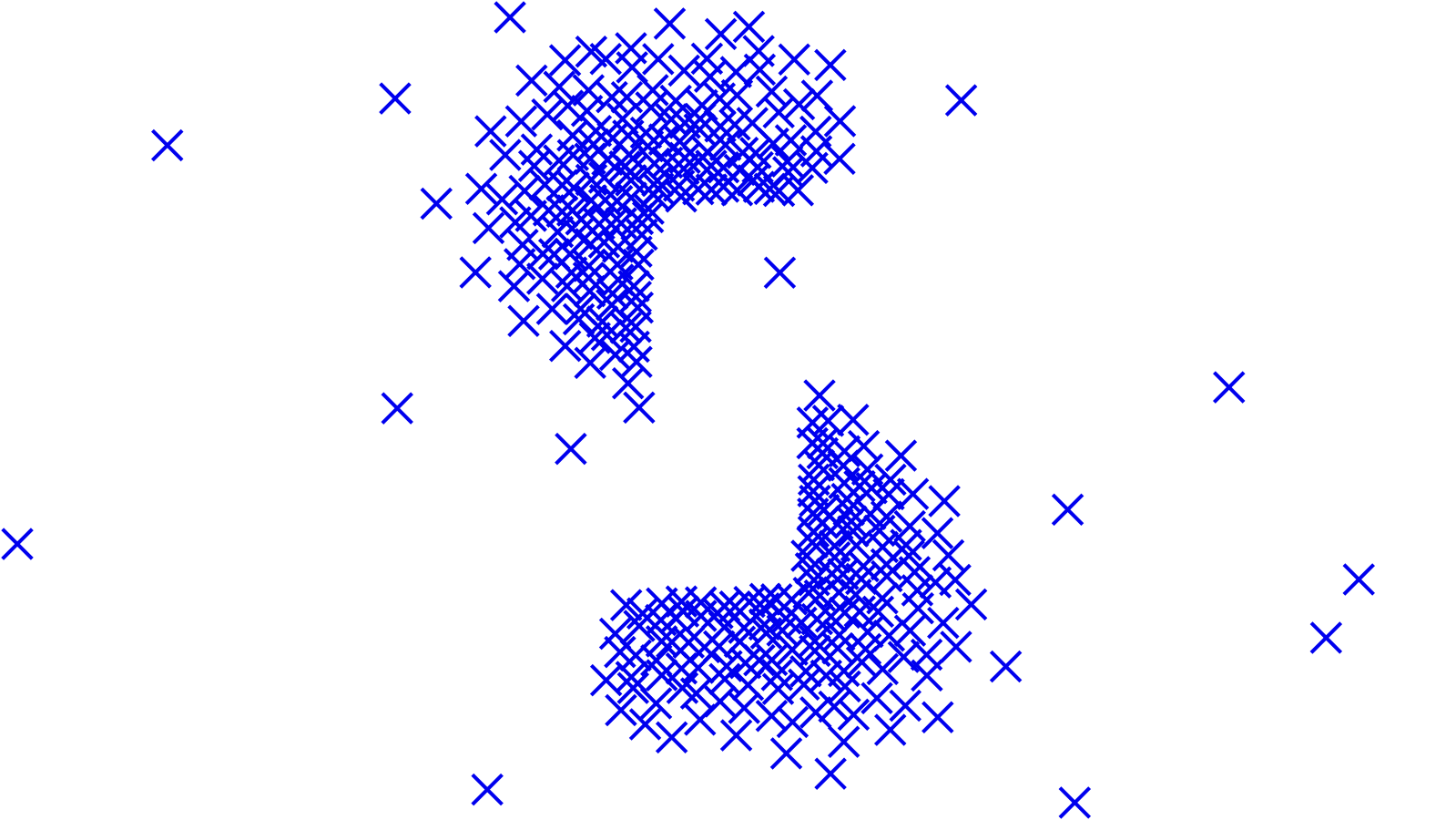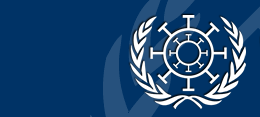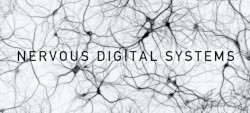
This text was written for LeMondeDiplomatique, were it appeared their February 2012 issue. Below is the manuscript as I submitted it. Here's the published version in English, Deutsch, francais, Espangol, Brasilian Portuguese, Norwegian, Slovak, etc
In the course of just one year, using the identity “Anonymous” highly efficient digital attacks have been carried out against global corporations and national governments. All in the name of freedom of speech and social justice. The media coverage has done little to clarify the events, rather, contradictory characterizations of Anonymous have been espoused, ranging from an elite hacker conspiracy, to a loose network of ignorant teenagers, from a major cyber-terrorist threat to a mere nuisance driven by sophomoric humor. None of these characterizations is entirely incorrect, because each captures some fragments of the phenomenon, but they all miss the central element of Anonymous, namely that it is not one, but many, and that it is not a group or a network, but a swarm, or to be correct, multiple swarms that feed off each other.
Anonymous might be an extreme case, but in important ways it is typical for the wider protest movements spreading across the crisis regions of the Middle East, Europe and the US. It is in the contrasting organizational forms that the chasm between these movements and their political systems is most manifest. One the one side are hierarchical organizations based on the principle of representation, where leaders are formally legitimized through procedures of delegation, usually based on voting, to speak and act on behalf of their constituencies. Corruption, favoritism and institutional capture, however, have weakened this legitimacy. On the other side are self-consciously leaderless organizations which reject the principle of representation in favor of direct participation in concrete projects. Their diversity enables decision-making through rough, ad-hoc consensus, rather than through formal majorities. From the point of view of established political institutions, these new forms of organizations are nearly unintelligible, hence the often voiced astonishment that the protest movements do not articulate any concrete demands that those in power could engage with.
Social swarms
A social swarm consists of independent individuals who are using simple tools and rules to coordinate themselves horizontally into a collective effort. As Rick Falkvinge, the founder of the Swedish Pirate Party, points out “the complexity comes with the meritocracy that makes up how the Swarm operates and decides on courses of action as an organism. As all the people in the Swarm are volunteers — they are there because they think the Swarm can be a vehicle for change in an area they care about — the only way to lead is by inspiring others through action.”1 Thus, the strength of the swarm comes from the number of people who join it and the focus it brings to their distributed, independent efforts. A swarm always starts in the same way. A call for action and the availability of some resources to start acting right away. Social media pundit Clay Shirky identified three main requirements that must come together for such loosely organized cooperation to emerge: promise, tool, and bargain.2 The promise is the call for action. It needs not only to be relevant to a critical number of people but also credibly attainable. The tools are the resources and strategies available to work towards the promise. Today, tools to coordinate the efforts of volunteers are readily available online and different tools, such as online forums, wikis, or chats, are capable of sustaining different social dynamics on all scales. The bargain points to conditions one has to accept when entering the collective space of action. Only when the three dimensions match for a large number of people – the promise being attractive, the tools available, and the bargain not too onerous – cooperation gets underway. Over time, each of the three dimensions can change, and the swarm can grow, change direction, or fall apart. For such swarms not to be random and short-lived affairs, there needs to a fourth elements, a common horizon, which, as cultural critic Brian Holmes explains, “allows the scattered members of a network to recognize each other as existing within a shared referential and imaginary universe.”3
Anonymous is a series of swarms, each organized around a particular call for action, focusing individual efforts towards that common goal. Each swarm is independent of the others in the sense that each must attract its own contributors based on its individual combination of promise, tool, and bargain. But they are united in the sense that they feed off each other by operating under the same open identity, consisting of a few relatively generic slogans, graphic elements and cultural reference points. Anyone can wear this identity like a mask, but it only make sense to be Anonymous if it resonates with the particular culture of twisted humor, anti-authoritarianism and free speech accumulated through its history.
The dark corners of the Internet
Despite all efforts to “civilize the internet”, most recently re-affirmed by Nicolas Sarkozy during the eG8 meeting in Paris last May, dark corners where anythings goes have continued to exist. Of particular relevance to Anonymous is a site called 4chan.org, a technologically simple, but massively popular web forum, founded in 2003, where people can post images and texts without registration, thus appearing as “anonymous” online. The site not only encourages anonymous postings, but its most active section, the forum /b/-Random, explicitly has no rules as to what can be posted. The site also has no memory, that is, all postings that do not generate responses will automatically move down the queue and eventually be deleted. This usually happens within a few minutes. No records are kept.4 The only memory is in the minds of the users, thus, everything that is not easily remembered and repeated vanishes. To avoid quick disappearance, hundreds of posts per day are framed as calls for action, such as a proposal to vandalize an article on Wikipedia with, say, the 67th suggested article being chosen. If that entices enough people, a small swarm descends on the article. Just for the fun of it. Because of the need to keep things alive through repetition and involvement, over time, a collective culture emerged that was stripped of individuality and origins and was reduced to a few easily available elements that can be assembled and transformed by anyone with basic internet skills. Around such calls, or operations, a culture emerged of “ultra-coordinated motherfuckary”, as one participant told Biella Coleman, an anthropologist of geek culture.5 Over the course of half a decade, anonymous turned into Anonymous, a simple technical placeholder into a collective identity. Because of the anonymity-induced culture of outrageousness the common horizon of this identity grew from a strong, even extreme commitment to free speech and a deep distrust against any kind of authority that tries to regulate speech based on what are perceived hypocritical lies.
Into the limelight
It is not a coincidence, then, that in winter 2008, some people began to use this identity to start a campaign against the Church of Scientology. There has been decade old battle between hackers and Scientology. The hackers would facilitate the leaking of damaging insider information exposing fraud and manipulation and the church would ruthlessly use its considerable means to suppress such information and destroy the personal reputation of its critics. Anonymous got involved after the church tried to suppress the circulation of a motivational video in which the actor Tom Cruise, a high-ranking church member, comes across as particularly unhinged. As a response to the usual threads of legal action, a semi-serious video was released in which Anonymous announced the destruction of the church. After a period heated debated inside various chat channels – an important part of the infrastructure of spontaneous, real-time coordination – a particular combination of promise, tool and bargain was hashed out and a common horizon established. Not only were online actions against the website coordinated, but also a global day of action was planned and executed. On February 18, 2008 protests in more than 90 cities in North America, Europe, Australia, and New Zealand were held. Many of the participants were wearing the now famous Guy Fawkes masks to protect themselves against the likely revenge of the church. Their sheer presence and irreverence made up for the lack of political demands, as they pierced an important myth that the church could crush anyone who dared to criticize it. For the first time, some swarms of Anonymous had congregated outside the Internet and had coordinated themselves with more established political activists. The fun turned serious. These protests continued to be the main political focus of Anonymous over the next two years. In September 2010, another Anonymous swarm emerged around the Operation Payback, which began as an attack against Aiplex Software, an Indian Company hired to disrupt file sharing sites such as The Pirate Bay.6 It quickly spread to attacks on the website of the MPAA (Motion Picture Association of America) and many other pro-copyright organizations. The operation's rallying cry resonated strongly within its larger environment: “They call it piracy, we call it freedom.”
In the course of these actions, the political identity and technological / tactical sophistication of Anonymous as a set of politically oriented swarms expanded. In December 2010, after WikiLeaks was cut off from receiving donations Operation Payback refocused once again and disrupted the websites of MasterCard, Visa, PayPal, and Bank of America. In January 2011, Anonymous refocused again, attacking the websites of the Tunisian government. This provided the bloggers in Tunisia with some sense of global solidarity and, thanks to media attention Anonymous was focusing, also helped to turn the international spotlight onto the beginnings of the Arab uprisings.7
Throughout 2011, the Anonymous swarms multiplied and innumerable calls for action have been issued, some of them by attention seekers and others hoping to profit from media frenzy. But this has not stopped other swarms to attract people. On August 23, 2011 Anonymous released a video calling for the occupation of Wall Street, taking up an idea that the Canadian Adbusters Foundation had been promoting for a couple of weeks.8 The involvement of Anonymous considerably raised the profile of this idea and helped to move the dynamics towards the tipping point where numerous independent initiative coalesced around the proposed action, starting an open-ended occupation of Wall Street on September 17, 2011.
Reaching the limits?
The outrageousness and flamboyance of Anonymous enables it us issue slogans that are common sense to many -- like the aforementioned equation of media piracy with freedom -- yet too radical anyone who tries to be regarded as serious by the dominant powers, particularly well-funded NGOs. This radicality galvanizes very significant, yet latent energies where more measured – and “reasonable” – statements would receive lukewarm responses at best. This is contributing to expanding again the scope of what can be debated in public, after decades in which mainstream political discourse has narrowed to such a degree that to even mention social inequality was viewed as in equal measures old fashioned and outrageous.
Yet, for all the power of large scale, spontaneity this form of organization cannot engage with the institutional world in any other than destructive ways. At the moment, it cannot, and does not aim at, building alternative institutions. It is, however, contributing to the forging of a common, oppositional horizon that could make it easier to coordinate further action. It has already hacked cracks into many seemingly solid walls. To turn these cracks into something constructive will be the tasks of others. But for now, Anonymous has succeeded to expanded the space of the possible.
Notes.
[1] Falkvinge, Rik. Swarmwise: What is a Swarm? (08.01.2011) http://falkvinge.net/2011/08/01/swarmwise-what-is-a-swarm/
[2] Shirky, Clay (2008). Here Comes Everybody: The Power of Organizing Without Organizations. New York, Penguin Press
[3] Holmes, Brian. Swarmachine. Continental Drift Blog (21.07.2007) http://brianholmes.wordpress.com/2007/07/21/swarmachine/
[4] Coleman, Gabriella. Anonymous – From the Lulz to Collective Action. The New Significance. (09.05.2011)
http://www.thenewsignificance.com/2011/05/09/gabriella-coleman-anonymous...
[5] http://torrentfreak.com/4chan-ddos-takes-down-mpaa-and-anti-piracy-websi...
[6] Ben Mhenni, Lina Tunisian girl, la bloggeuse de la révolution. Indigene Paris, 2011
[7] http://www.vancourier.com/Adbusters+sparks+Wall+Street+protest/5466332/s...














